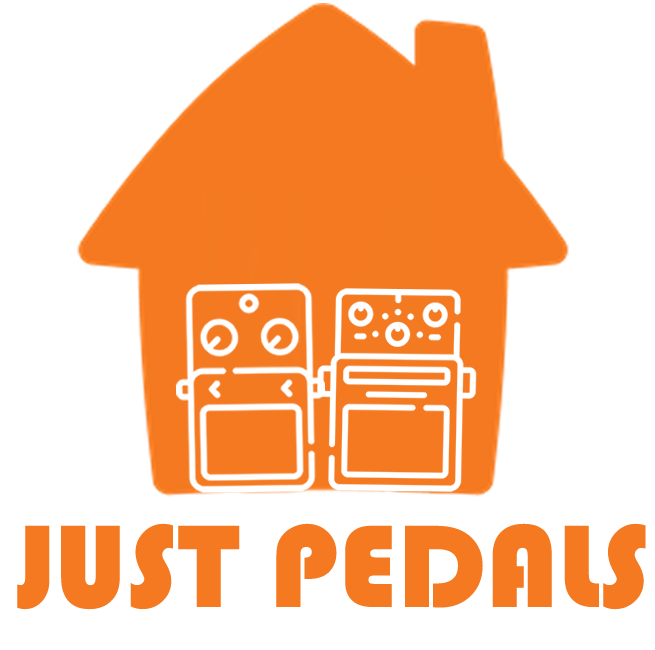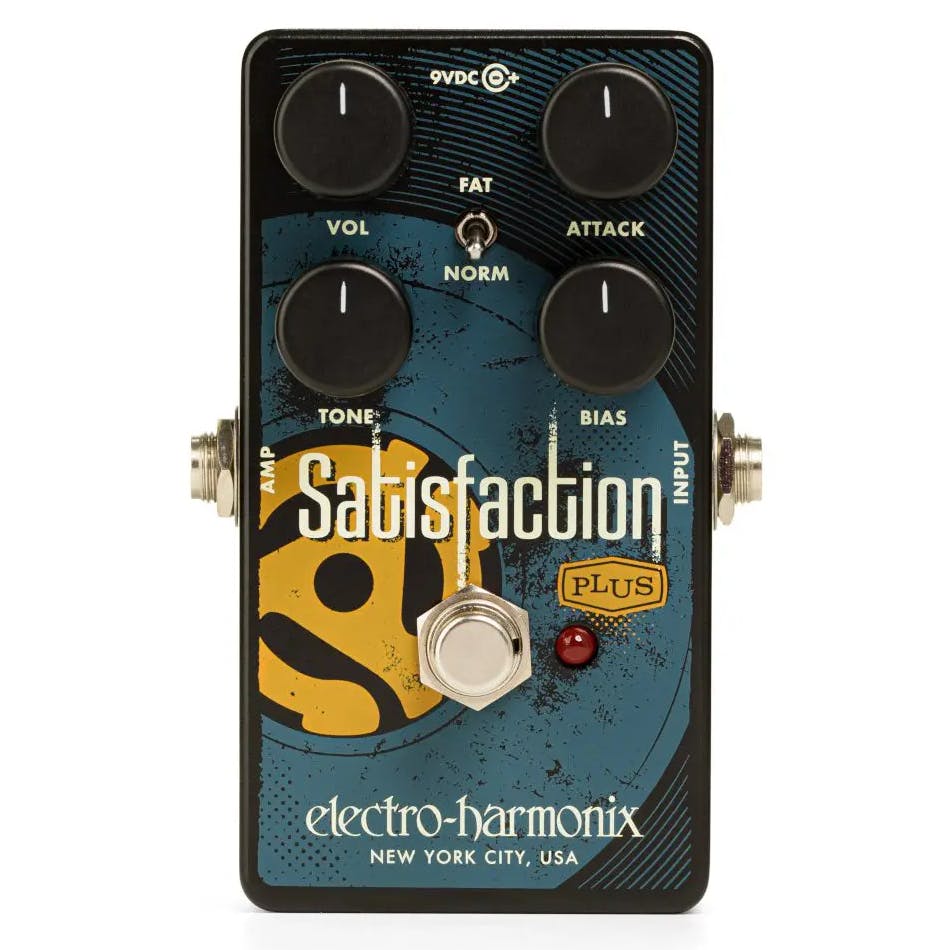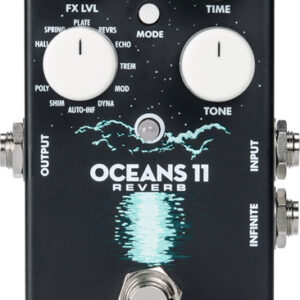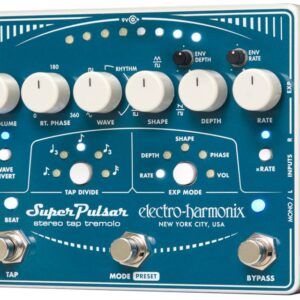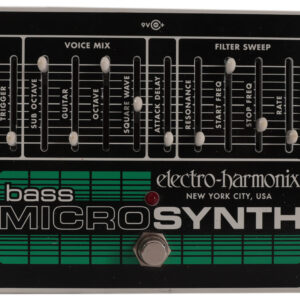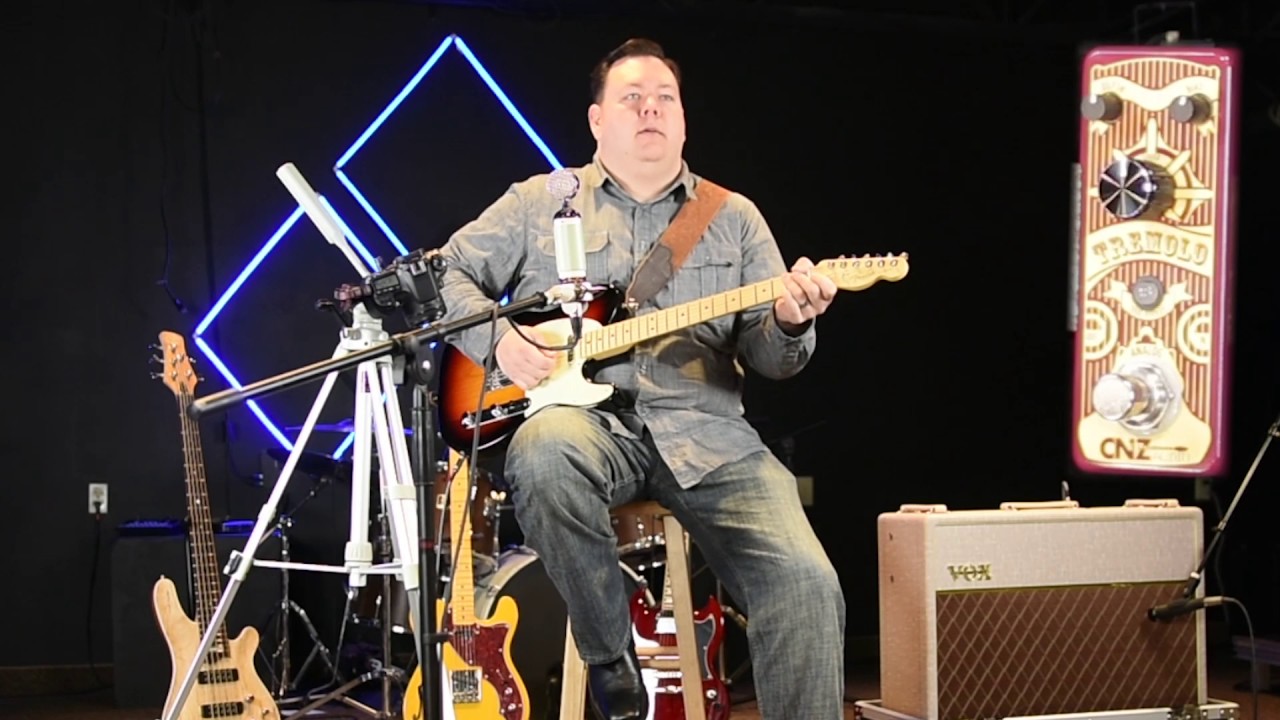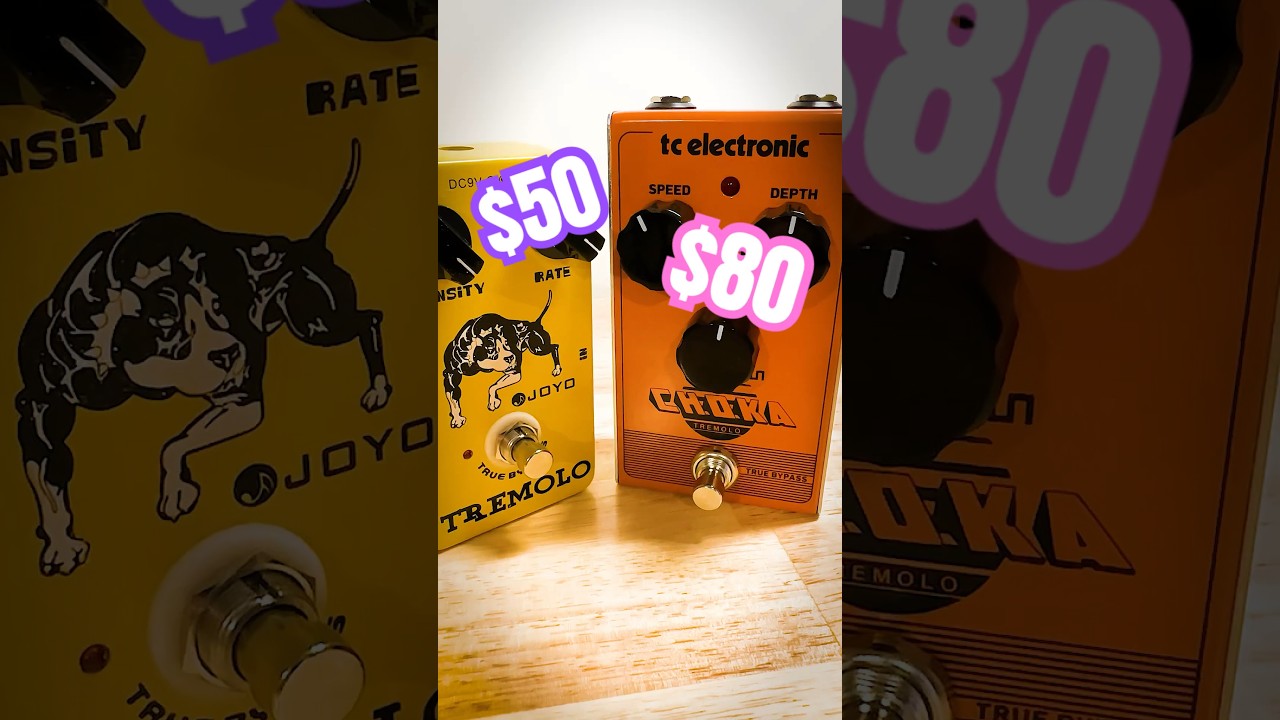Description
The Electro Harmonix Satisfaction Plus Fuzz Pedal is currently retailing at £99.99 and it is in stock. Available to be delivered to you by post direct (some charge may apply).The team at Just Pedals think that Electro Harmonix nailed it with the Electro Harmonix Satisfaction Plus Fuzz Pedal. Electro Harmonix Satisfaction Plus Fuzz Pedal
We have new and used Electro Harmonix musical equipment available on our website for fast direct delivery from sellers across the UK & Europe.
Electro-Harmonix (EHX) is a legendary effects pedal company founded in 1968 by Mike Matthews, known for pioneering some of the most iconic sounds in music history. Based in New York City, EHX offers a vast range of pedals, from the classic Big Muff fuzz and Memory Man delay to innovative effects like the POG and Freeze. Renowned for their creativity, durability, and affordability, Electro-Harmonix pedals have shaped the tones of countless musicians across genres, from rock and punk to ambient and experimental music.
Fuzz is a type of guitar effect that distorts the signal in a more extreme and saturated way than typical overdrive or distortion pedals. It creates a thick, woolly tone with a characteristic “fuzzy” sound, often associated with the classic rock and psychedelic eras. Fuzz pedals work by clipping the waveform of the signal at a much higher level, resulting in a crunchy, sometimes harsh sound that has a distinctive bite and sustain.
Fuzz pedals can vary in intensity and tone, with some offering more subtle, warm fuzz and others creating a more aggressive, raspy sound. The controls typically include fuzz, tone, and volume, allowing players to shape the effect to suit their preferences. Classic fuzz pedals like the Electro-Harmonix Big Muff Pi and the Dallas Arbiter Fuzz Face have become iconic for their bold, powerful sound, making fuzz a staple for genres like rock, stoner metal, and experimental music.
Just Pedals is a new Guitar Effect Pedals Marketplace – We feature new and used Guitar Effect pedals from different sellers, to purchase online from the UK.
We checked and good news we have it in stock, it has your name on it.
Order today and we will have it with you in a jiffy !
Just the latest videos
Just related products
£97.00 £94.26
Pedal with classic and modern Fuzz sounds
£39.00
Made in USA Product type: SOUND AND RECORDING EQUIPMENT Brand : electro-harmonix Color: silver
£34.99
A fazy sandwich combines three classic fuzz sounds. Fazy sandwich was born with a pure sound and excellent dynamic response. Each tone has a rich range of adjustments, with two knobs to control fuzz and tone. True bypass footswitch for keeping your t…
read more
£47.39
【Based on Electro-Harmonix Big Muff PI circuit】This guitar effects pedal is designed based on the well-known Electro-Harmonix Big Muff PI circuit, ensuring exceptional distortion and fuzz effects for your electric guitar. 【Effect Type: Distortion/FUZ…
read more
£165.90
Controls: Mode, Response, Range, Peak, Gain, Boost.Sweep Switch.1/4" input and output.
